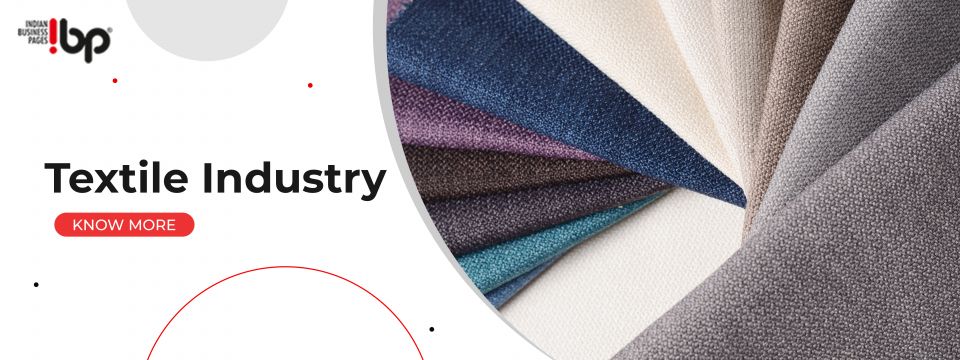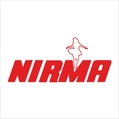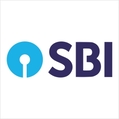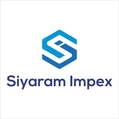Textile Industry Expectation For The Financial Year 2021-22

The last year 2020 calculated allocation of Rs 3300 crore Budget to the Textile Ministry and clothing sector, now for the year 2021-22 has been increased to Rs 3631.64 crore about 10% higher than the revised Budget. The textile industry in India, the city of Ahmedabad of state Gujarat came back to the 19th century when the city and the industries were established under British rule. Textile mills employed many people across the state, and the cotton garments manufactured were exported across the world. The textile industry is expecting an investment of about $120 billion by 2024-25 and creates millions of jobs in the process across the country.
Union Budget 2021 is a challenge to empower the Indian textile industry to become globally competitive, attract large investments, and boost employment generation. The recent economic survey indicates that the textile and apparel industry contributed 2% of the overall GDP and 11 % of total manufacturing provides direct and indirect employment of about 10.5 crore people.
TOP TEXTILE INDUSTRIES IN INDIA:
1. Vardhman textiles (LUDHIANA, PUNJAB)
2. Arvind Mills (KALUPUR, GUJARAT)
3. Bombay Dyeing (MUMBAI, MAHARASHTRA)
4. Lakshmi Mills (COIMBATORE, TAMILNADU)
5. Raymond (MUMBAI, MAHARASHTRA)
6. Mysore Silk Factory (RAMANAGARA, KARNATAKA)
7. Grasim Industries (MUMBAI, MAHARASHTRA)
8. Fabindia (NEW DELHI, INDIA)
9. Reliance Textiles (MUMBAI, MAHARASHTRA)
Keeping in mind for 'Atmanirbhar Bharat':
The idea of the Union Budget 2021-22 is to cover the goal line of Atmanirbhar Bharat by increasing self-reliance and India's global manufacturing hub across divisions.
The 2022 Union Budget has four pillars:
1. Health and well-being.
2. Physical and capital infrastructure
3. Inclusive development for India
4. Innovation.
Technology involvements
There are not too many technology involvements in the year's budget 2020-2021. However, there are several areas where the government increases efficiency in governance, access, and quality to services, and products.
Prime Minister Narendra Modi expressed confidence that the Union Budget 2021-22 has been part of the packages & well growth-oriented declared by Finance Minister Nirmala Sitharaman over the past 10 months.
The textile industry was looking for some instant and major action towards inverted GST structure, removal of ADDs on fiber, etc. It will help to improve and strengthen our export position against small nations like Bangladesh, Vietnam, etc.
India’s top five export countries in markets:
1. Turkey
2. Bangladesh
3. Afghanistan
4. USA
5. UAE
According to India, consumption of polyester globally will be approximately three times that of cotton- fiber. Currently, the consumption of sportswear, gym wear, and activewear is increasing rapidly.
Turkey is the leading market for India’s MMF, but exports to Turkey have dropped by 33.66%. India is the second-largest MMF supplier to Turkey.
Bangladesh, the second-largest market for India’s MMF, and dropped by 15.6% in India’s MMF, and export to that market increased by 35% for the past year, 2020, the imports from India rose by 71.78% of the previous quarter.
Some of the current scenarios and facilities provided to textile industries:
-
Textile parks will be established over 3 years:
To empower the textile industries to become globally competitive, induce large investments and enhance employment to the generation, this will create world-class infrastructure with facilities to help build global victors in exports.
-
Reduction in Basic Customs Duty.
As the Government forcefully feels that there is a need to validate duties on raw material to man-made materials, the Finance Minister announced to bring nylon chain with polyester and other man-made fibers.
-
Increase in customs duty:
The Budget announced raising customs duty on cotton from nil to 5%, besides appealing agriculture. The customs duty on cotton waste, which was nil earlier, is now 10 %. The same on raw silk and silk yarn spun from silk waste have been increased from 10 % to 15 %. This step will benefit the farmers.
-
Adornment materials becoming costlier:
Certain duty-free imports of items like motif, glue, veneer, polish, hooks, rivets, button, badges, beads, sewing thread, etc., based on export made in the previous financial year, to handicraft, garments, and leather exporters. These rates will also apply to these items.
-
Support for start-ups:
Start-ups and innovators will be directly proposed to the incorporation of Person Companies by allowing them to grow without any restrictions on paid-up capital. This eligibility for claiming tax holidays for start-ups is being extended till 31 March 2022.
-
Labor-specific:
The Government has allowed new tax freedom to support the migrant workers. It has also proposed to allow women workers in all categories, to work in night shifts with adequate protection and has less burden on employers.
Future of textile industries in India:
1. Emerging retail industries and malls
2. The growth rate of the domestic textile industry.
3. Product development and diversification.
4. Shifted toward branded garments.
The textile sector is constantly under pressure not only to adopt the present scenario but to ensure the future trends of the global society, and this sector is continuously working on understanding the current trend and future needs to come in focus with requirements of posterity. The global exhaustion of available resources, rapid changes in the pattern about climate, caste & religion, culture, etc.
The luxury brands have already started tapping into the Asian market that has been escalating gradually. The plans also direct the textile industries to explore the market that will rule the market in the future from now.
Conclusion:
On our IBP HUB website, we have more than 80,00,000 businesses listed, so on our digital platform, we also provide online and offline business directories for small and medium business brands across the country. So, if you want to know about what are our expectations from textile industries for the financial year 2021-2022, you can visit our website and for more information you can also contact us. We hope, you are satisfied with this information.





























































Comments
Test name February 19, 2016 Reply
There are many variations of passages of Lorem Ipsum available, but the majority have suffered alteration in some form, by injected humour, or randomised words which don't look even slightly believable. If you are going to use a passage of Lorem Ipsum, you need to be sure there isn't anything embarrassing hidden in the middle of text.
Test company February 19, 2016
Lorem ipsum dolor sit amet, consectetur adipiscing elit, sed do eiusmod tempor incididunt ut labore et dolore magna aliqua.
Test name February 19, 2016Reply
Lorem ipsum dolor sit amet, consectetur adipiscing elit, sed do eiusmod tempor incididunt ut labore et dolore magna aliqua. Lorem ipsum dolor sit amet, consectetur adipiscing elit, sed do eiusmod tempor incididunt ut labore et dolore magna aliqua.